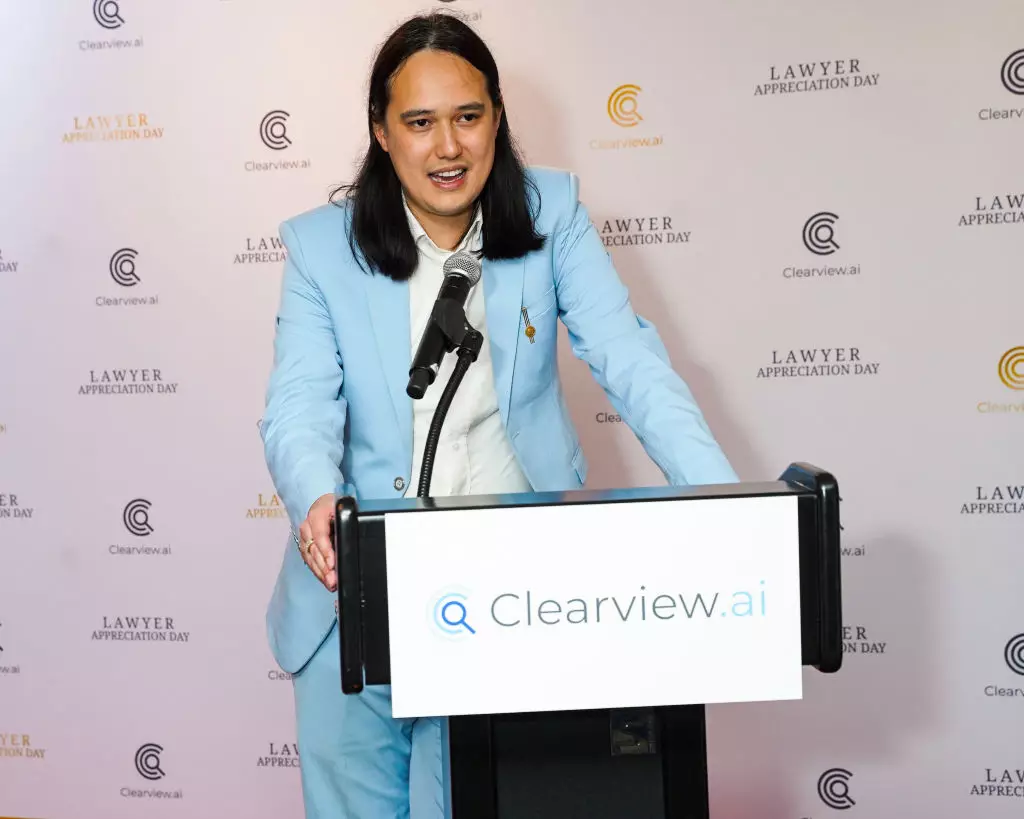The abrupt resignation of Hoan Ton-That, the CEO of Clearview AI, has sent ripples through the technology and privacy sectors. His statement, indicating that it is time for the “next chapter in my life,” hints at a personal transition rather than a corporate strategy realignment. While Ton-That will retain a position on the board, his decision to step down without elaborating on the motivations behind it raises questions. What catalyzed such a significant change, especially at a time when the company appears to be experiencing financial growth?
The role of leadership in a startup like Clearview AI, which has made headlines for its controversial tactics in face recognition technology, is particularly critical. With Ton-That leaving, the mantle has shifted to two co-CEOs: Hal Lambert and Richard Schwartz. These figures, both deeply rooted in the Republican political landscape, aim to harness opportunities in an evolving business climate, particularly under the Trump administration’s policies. Their political backgrounds could influence Clearview AI’s future direction, potentially intertwining technology with partisan agendas.
Clearview AI has long been embroiled in ethical quandaries, particularly related to its method of sourcing photos for its expansive facial recognition database. With over 30 billion images scraped from the internet without individual consent, the company faces a barrage of privacy lawsuits and hefty fines. As of September 2024, these fines exceed $100 million due to violations of GDPR directives in Europe, yet Clearview AI remains unyielding in its stance, refusing to comply.
The implications of these ethical issues are enormous. Law enforcement and federal agencies purchase access to the database to assist in identifying suspects and locating missing persons, but the methods employed by Clearview AI raise significant moral questions about privacy and consent. These concerns have bubbled to the surface at a time when data protection has never been more critical, contributing to a mounting sense of distrust among potential users and the general public alike.
Despite the controversies surrounding Clearview AI, including ongoing defamation lawsuits and other legal challenges, Ton-That claimed that the company is in its “strongest position ever” in terms of financial performance. Statistics reveal significant growth and revenue milestones in 2024. However, this narrative of success is juxtaposed with reports suggesting that Clearview AI has struggled to secure major federal contracts and, more critically, remains in the red.
The juxtaposition of reported growth against the backdrop of unprofitability invites skepticism. One could argue that financial success in this case may be an illusion fostered by the accumulation of contracts with police departments and federal agencies rather than sustainable business practices. As Clearview AI navigates these uncharted waters, it faces the ongoing challenge of reconciling ethical practices with growth objectives—a delicate balancing act for future leadership.
Clearview AI finds itself at a crossroads. The departure of Hoan Ton-That and the rise of co-CEOs Lambert and Schwartz signals a potential shift in strategy, while ongoing legal and ethical battles cast a shadow over the company’s trajectory. As the landscape of facial recognition technology continues to evolve, the company’s ability to adapt while addressing societal concerns may determine its long-term viability.

